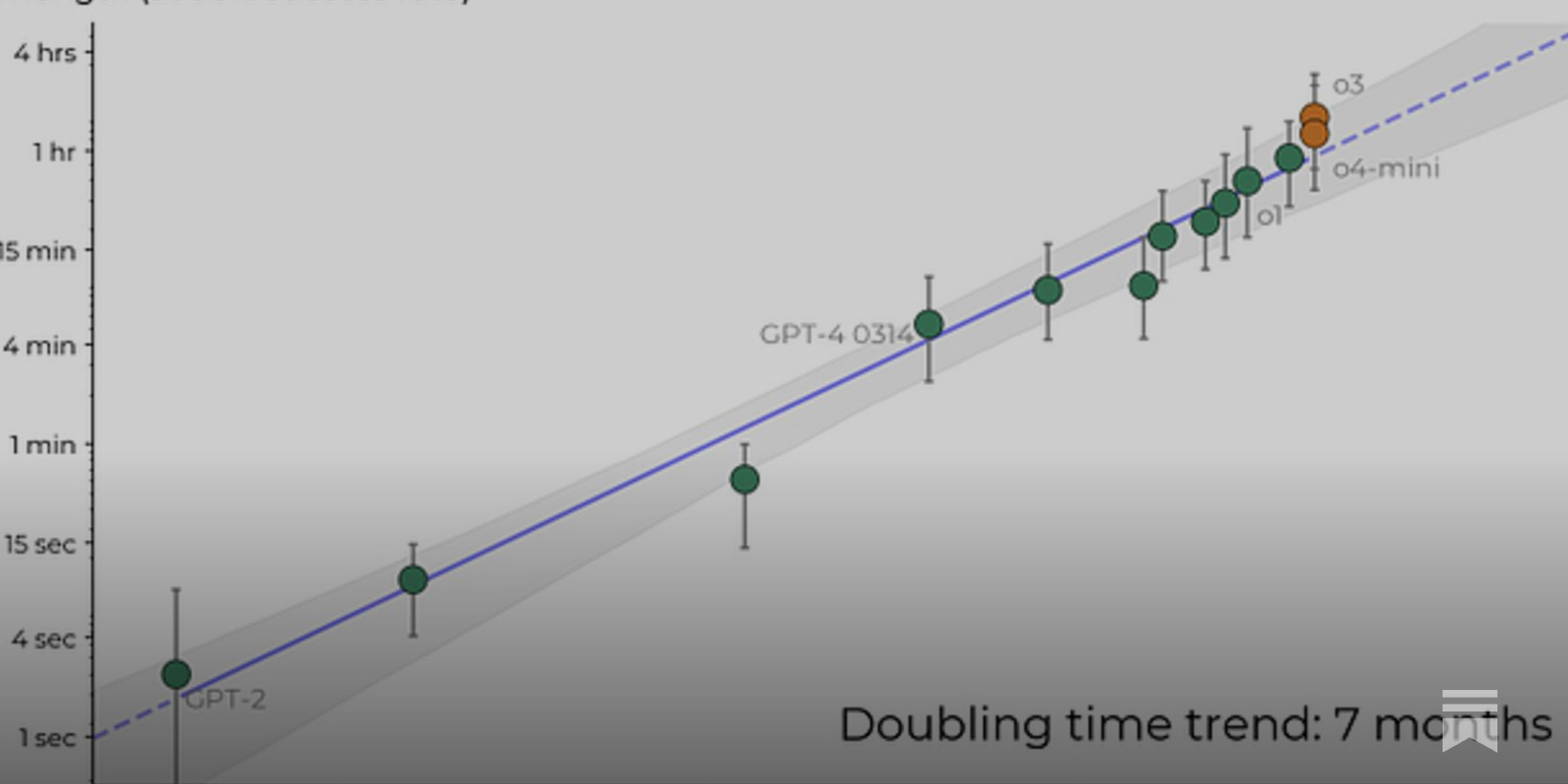
Patrick Mineault
@patrickmineault
NeuroAI researcher @ Amaranth Foundation, safety, open science. Previously engineer @ Google, Meta, Mila. http://patrickmineault.bsky.social
Excited to release what we’ve been working on at Amaranth Foundation, our latest whitepaper, NeuroAI for AI safety! A detailed, ambitious roadmap for how neuroscience research can help build safer AI systems while accelerating both virtual neuroscience and neurotech. 1/N

We’re proud to announce the launch of AutumnBench, an open-source benchmark developed on our Autumn platform. This benchmark, led by our MARA team, provides a novel platform for evaluating world modeling and causal reasoning in both human and artificial intelligence.
Excited to announce the Foundation Models for the Brain and Body workshop at #NeurIPS2025!🧠 We invite short papers or interactive demos on AI for neural, physiological or behavioral data. Submit by Aug 22 👉 brainbodyfm-workshop.github.io
Exciting new preprint from the lab: “Adopting a human developmental visual diet yields robust, shape-based AI vision”. A most wonderful case where brain inspiration massively improved AI solutions. Work with @lu_zejin @martisamuser and Radoslaw Cichy arxiv.org/abs/2507.03168
🧵 What if two images have the same local parts but represent different global shapes purely through part arrangement? Humans can spot the difference instantly! The question is can vision models do the same? 1/15
In this study, Lu et al. introduce All-Topographic Neural Networks (All-TNN) as a parsimonious model of the human visual cortex. nature.com/articles/s4156…
This week on the Core Memory pod we fix American Science and advance civilization My chat with the founders of @Convergent_FROs corememory.com/p/fixing-ameri…
🚨Preprint Alert: Who Does What in Deep Learning? Multidimensional Contribution of Neural Units using Game Theory: arxiv.org/abs/2506.19732 The results of my MSc thesis is finally out with @Kaysonfakhar, Fatemeh Hadaeghi, @patrickmineault, @KordingLab, and @CCHilgetag
🔥 New position piece! 🔥 In this paper we lay out our vision for AI Alignment as guided by "Resource Rational Contractualism" (RRC). But wait -- what's that? A 🧵.
1/ Very much resonate w/ @svlevine: we need agents that autonomously learn *in* the world. I've long argued online adaptive autonomy & memory are critical—1 of 4 essential challenges to build agents truly matching the brain’s capabilities. 👇 Thread on some of our efforts:
I'm surprised this post didn't get more attention. Most papers arguing we are far from AGI just show LLMs failing on tasks too big for their context window. Sergey identifies something more fundamental: while LLMs learned to mimic intelligence from internet data, they never had…
Our first NeuroAgent! 🐟🧠 Excited to share new work led by the talented @rdkeller, showing how autonomous behavior and whole-brain dynamics emerge naturally from intrinsic curiosity grounded in world models and memory. Some highlights: - Developed a novel intrinsic drive…
1/ I'm excited to share recent results from my first collaboration with the amazing @aran_nayebi and @Leokoz8! We show how autonomous behavior and whole-brain dynamics emerge in embodied agents with intrinsic motivation driven by world models.
A few thoughts. (1). Scenario planning is cheap. It is worth thinking about what we would do in the event of labor market disruptions, even if we attach a small percentage chance to any particular scenario occurring. @jasonfurman
Serious question: if you believe there was >25% chance that Dario Amodei was right about AI eliminating tens of millions of jobs over the next 1-5 years including half of all entry-level white collar jobs. What would government do now? What would it do if this really happened?
Can a Universal Basic Income (UBI) become feasible—even if AI fully automates existing jobs and creates no new ones? We derive a closed-form UBI threshold tied to AI capabilities that suggests it's potentially achievable by mid-century even under moderate AI growth assumptions:
The dark matter of the brain, astrocytes, get 3 back to back papers coverage. To see what we proposed as part of the frame for bio-inspired intelligence see 👇 Bio-inspired AI: Integrating Biological Complexity into Artificial Intelligence arxiv.org/abs/2411.15243
Astrocytes have long been conceived as passive support player cells in the brain. But today @ScienceMagazine (via 3 reports) they got a big upgrade for their active role in neuromodulation and control of brain function science.org/doi/10.1126/sc…
🧵 Today, IMPRINT, a pioneering new nonprofit initiative, is announcing $15 million in philanthropic funding to advance our work to decode the body's immune memory and uncover the causes of chronic diseases. imprint.org/press-release-… With teams in Europe and North America, we are…
1/ We're dedicating $100M to support American scientists facing funding cuts through the Lux Science Helpline, an expansion of our Lux Labs program. To compete in the future, innovation must be funded 🧪💡
New post: things have been moving very fast in AI. But has safety caught up to capabilities? I review all the ways that we've exposed cracks in the security of LLMs over the past 6 months. neuroai.science/p/why-im-more-…

We’re making the @BasisOrg organisation document public today. It’s less a charter and more a design doc—our spec for why a new kind of technology and research organisation is needed, and how to build it. (link below)
Very excited to speak more about Amaranth’s work. Come join us!
Join the discussion w/leaders from academia, government, non-profits, industry Organized by @mlfoundry Co-sponsored by @InvTechInc, Open Athena, and Enigma Project 🧵Registration and more info below
Thank you @BrainMind2020 for co-hosting the NeuroAI track leading up to your BrainMind Science Collective, with us at @foresightinst & @protocollabs. Excellent panel discussion on what AI can learn from Neuro and Neuro from AI with @EscolaSean71572 @Antihebbiann…